Nordic Herbs Essential to Flavoring Danish Foods
10 min read Explore the key Nordic herbs that define and enhance the authentic flavor profiles of Danish cuisine. July 01, 2025 09:05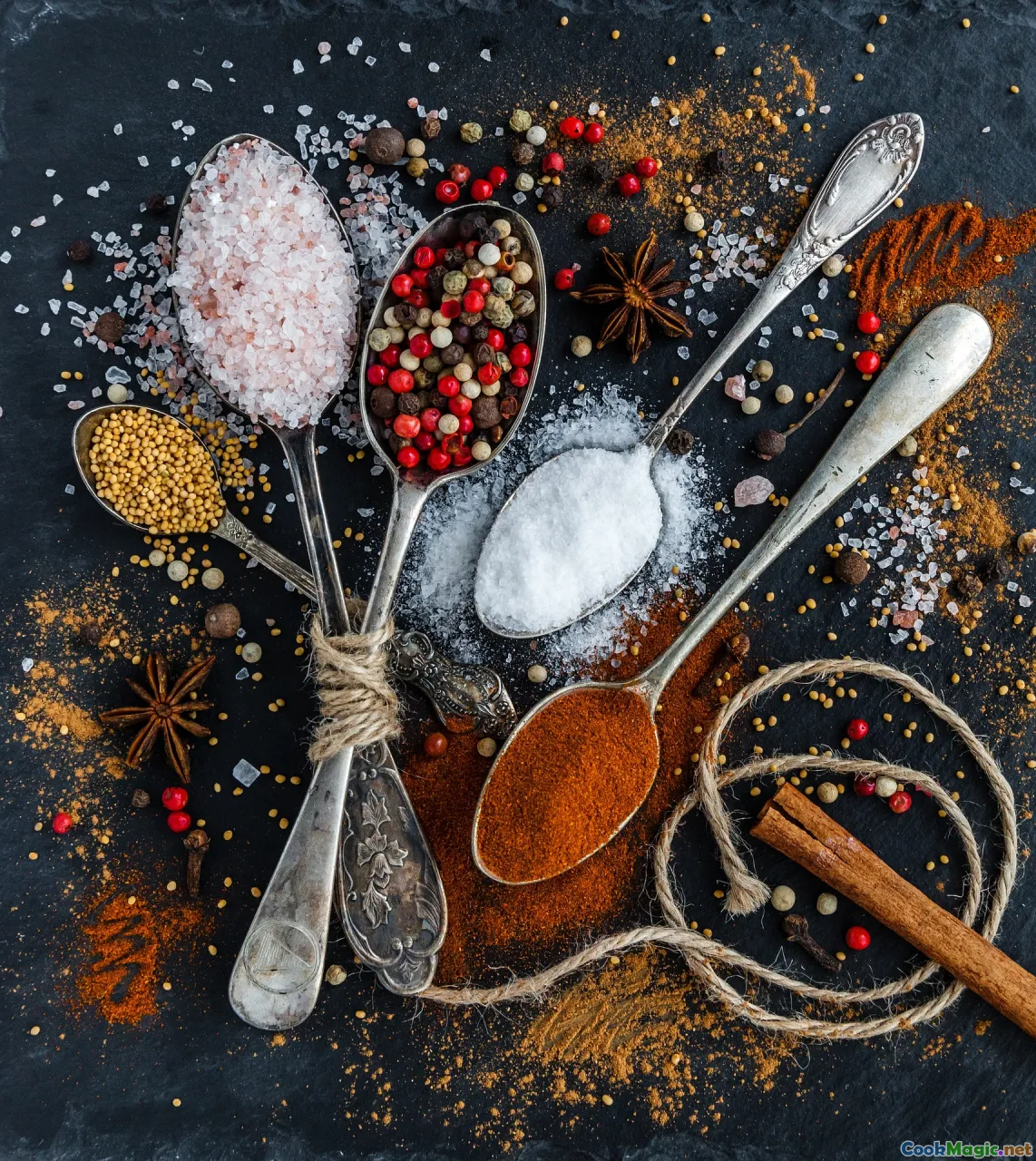
Nordic Herbs Essential to Flavoring Danish Foods
Few culinary traditions evoke a sense of rugged elegance, coastal freshness, and hearthside warmth quite like Danish cuisine. Central to this rich tapestry are the vibrant, aromatic herbs that have threaded through Denmark’s history, landscapes, and daily life. From lush meadows to bustling markets, Nordic herbs are not mere garnishes but fundamental storytellers—whispering tales of resilience, heritage, and the simple joys of good food.
In this exploration, we delve into the heart of Danish flavor through its most cherished herbs. Join me as we navigate sensory landscapes, cultural nuances, and timeless dishes that showcase the magic of Nordic herbs.
The Profound Heritage of Nordic Herbs in Danish Cuisine
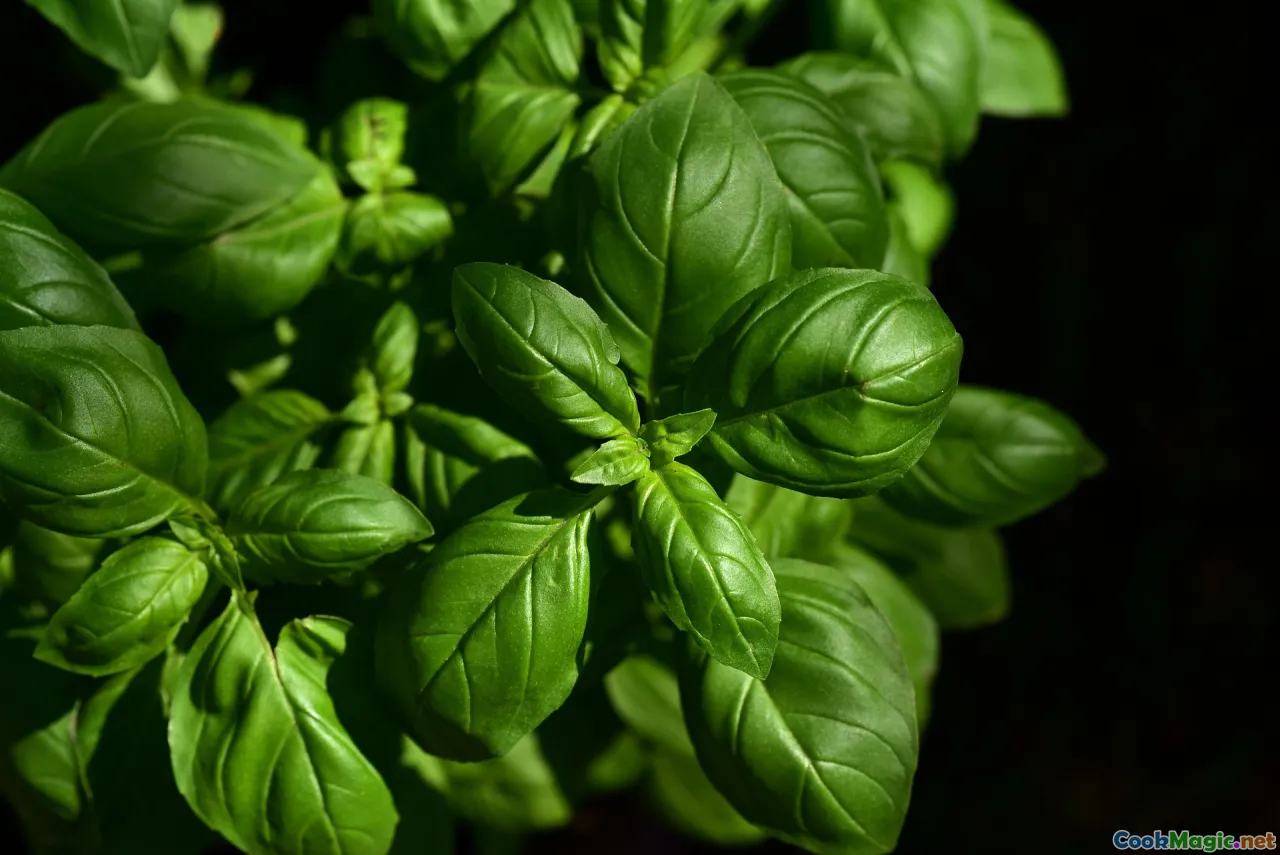
Danish cuisine, deeply rooted in the land and sea, relies heavily on herbs to elevate its modest ingredients. Historically, these herbs grew in wild coastal fields, herbal patches in farmers' yards, or carefully cultivated gardens. Their availability was dictated by the harsh Nordic climate—short growing seasons and cold soils meant that herbs had to be hardy, flavorful, and versatile.
From the crackling smokehouses along Jutland’s coast to cozy home kitchens in Copenhagen’s city quarters, herbs like dill, parsley, chives, and bay leaves formed the aromatic backbone of countless recipes. These herbs carried not just flavor but also medicinal and preservative qualities, crucial in times before refrigeration.
Key Nordic Herbs and Their Flavor Profiles
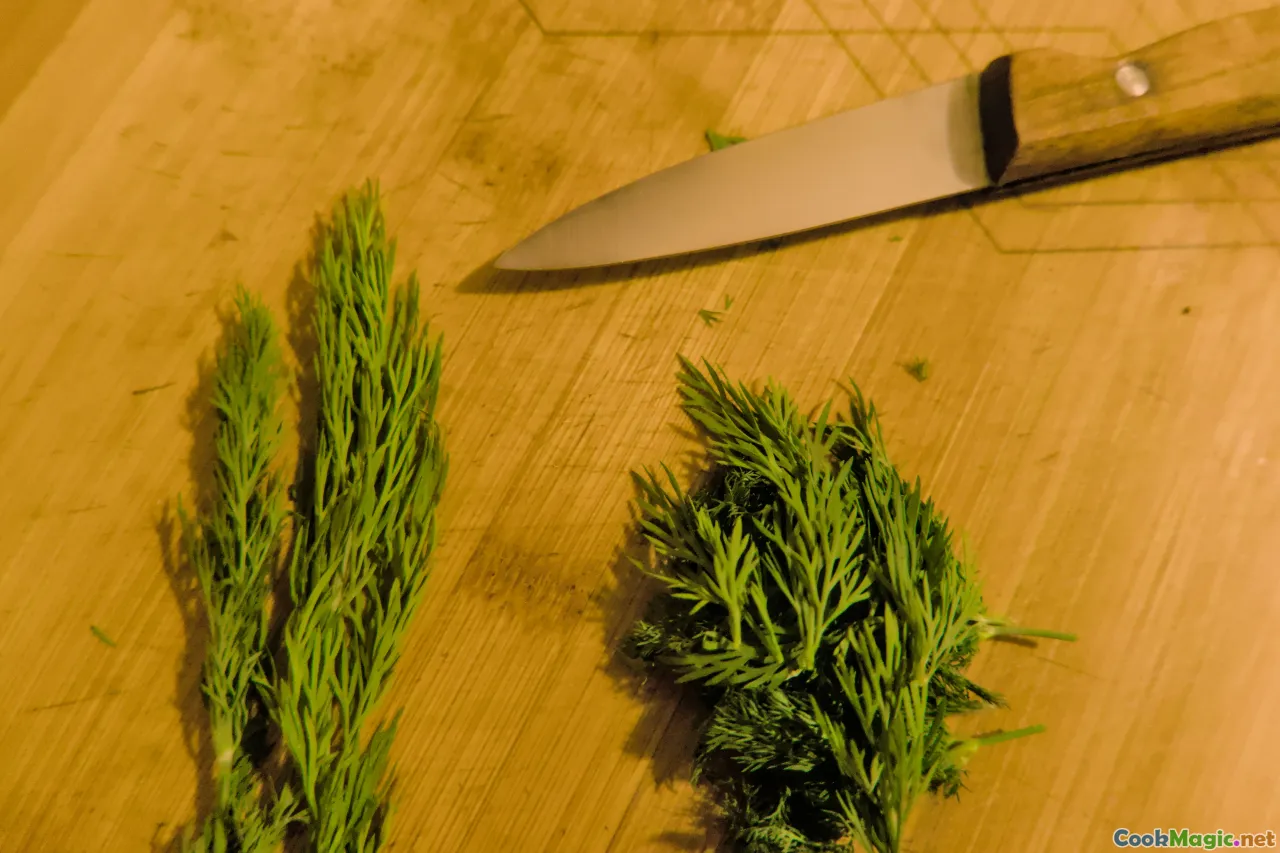
Let’s walk through Denmark’s herb cabinet, highlighting those that are quintessential to its culinary identity:
Dill (Dill): The Northern Herb of Choice
Dill is perhaps the most iconic Danish herb, with its delicate feathery fronds and tangy aroma reminiscent of anise and fennel. Its leaves lend a fresh, slightly sweet, and peppery note —especially in pickles and fish dishes.
In Denmark: Dill is integral to 'Gravad Lax' (cured salmon), sprinkled over soft rye bread with cream cheese, or mixed into cream-based sauces for herring. Its bright, citrus-like aroma conjures seaside breezes and midsummer celebrations.
Parsley (Persille): The Unsung Hero
Bright, crisp, and versatile, parsley provides a fresh, slightly bitter punch that balances richer flavors.
In Denmark: Commonly used as a garnish for smørrebrød (open-faced sandwiches) and as a base in sauces like 'Persillesauce' served with poached fish or roasted meats.
Chives (Hvidløgsker): The Subtle Onion Whisper
With a delicate onion-like aroma, chives lend a subtle pungency and a splash of greenness.
In Denmark: Incorporate chives into potato salads, scrambled eggs, or atop cream cheese spreads — adding a mild sharpness that cuts through richness.
Bay Leaves (Laurbærblad): The Aromatic Depth
Dried bay leaves bring a warm, balsamic depth with hints of clove and pine.
In Denmark: Frequently used in slow-cooked stews, marinades, and pickling brines, imparting layers of complexity.
Sorrel (Kålrabi): The Tangy Leaf
While not a traditional herb in the strict sense, sorrel’s lemony sharpness is cherished.
in Denmark: Used in soups and salads, providing a fresh, tangy note fresh from season to season.
Cultivating and Preserving Nordic Herbs: A Personal Perspective
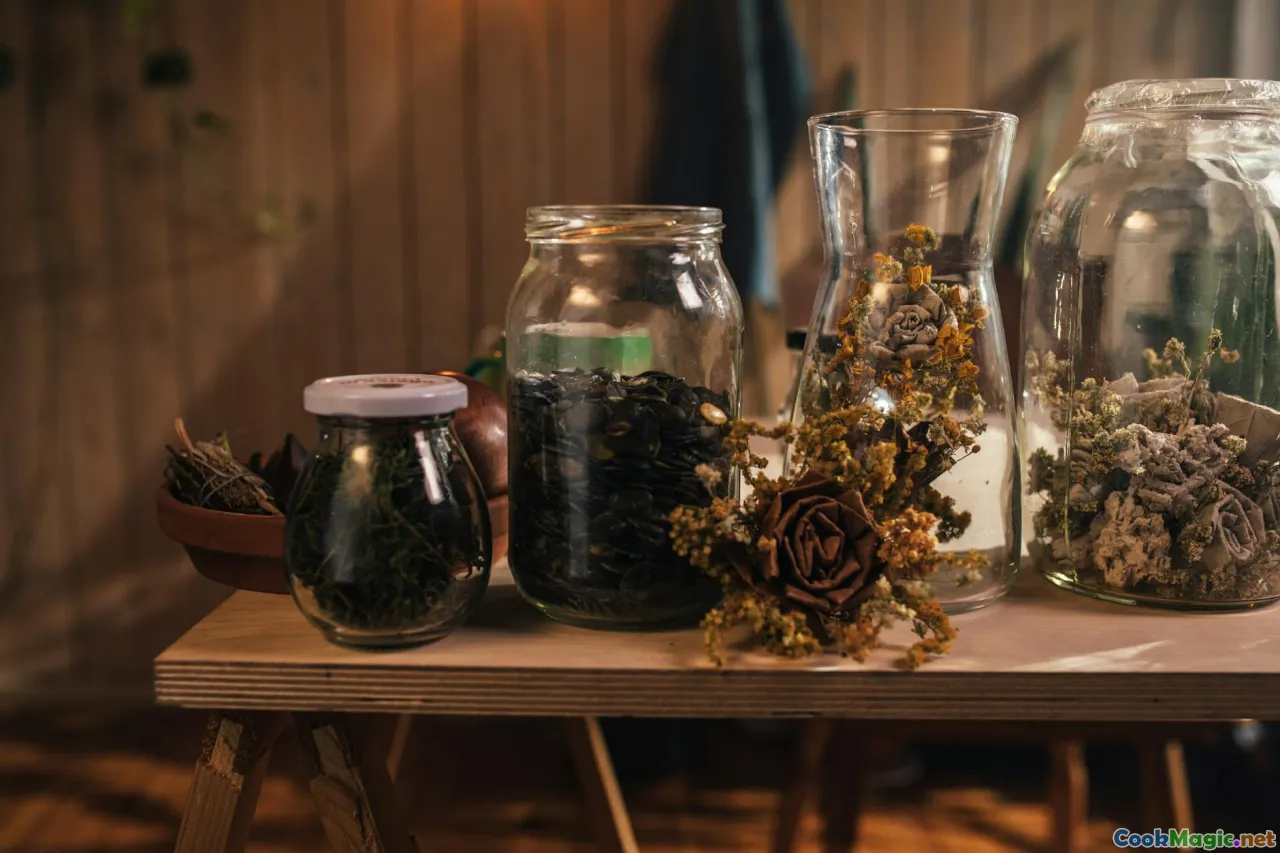
Growing Nordic herbs requires patience and respect for the land’s rhythm. My own small herb garden in Zealand is a testament to this tradition. Here, in a modest parcel bounded by wildflowers and grasses, dill and chives grow robustly, their fragrance filling the air during Danish summers. Winter preservation practices, such as drying herbs in airy sheds or freezing chopped greens, keep those flavors alive through the colder months.
The art of drying herbs in Denmark often involves hanging bunches upside down in attic corners or shaded porches—an age-old craft blending practicality with reverence. Such preserved herbs burst with scent when crumbled into a warm soup or sprinkled over baked potatoes—a taste of summer in winter.
Cooking with Nordic Herbs: Practical Tips and Classic Dishes

Incorporating Nordic herbs into everyday cooking need not be complicated. Here are some tips and examples:
- Use Freshness for Maximum Aroma: Always choose freshly picked herbs; their essential oils diminish quickly after harvest.
- Layer Flavors Thoughtfully: Sprinkle dill on cured salmon just before serving to preserve its delicate fragrance, or add chopped parsley at the end of cooking for a fresh note.
- Preserve Seasonally: Freeze chives in ice-cube trays with a splash of water or oil, perfect for winter stews.
- Experiment with Regional Combos: Combine sorrel and dill in a chilled summer soup or mix bay leaves with root vegetable stews.
Iconic Danish Dishes Highlighting Nordic Herbs
- Smørrebrød with Shrimp and Dill: Toasted rye topped with cold-water shrimp, a dollop of herby mayo, and a generous sprinkle of fresh dill.
- Poached Cod with Parsley Sauce: Traditional cod baked with a parsley, butter, and lemon sauce that enhances the mild, flaky fish.
- Pickled Vegetables with Bay Leaves and Chives: Quick pickles that serve as the perfect condiment.
- Herb-Infused Butter: Mix softened butter with minced chives and parsley to accompany Danish grilled meats or bread.
Cultural Significance and Modern Interpretations
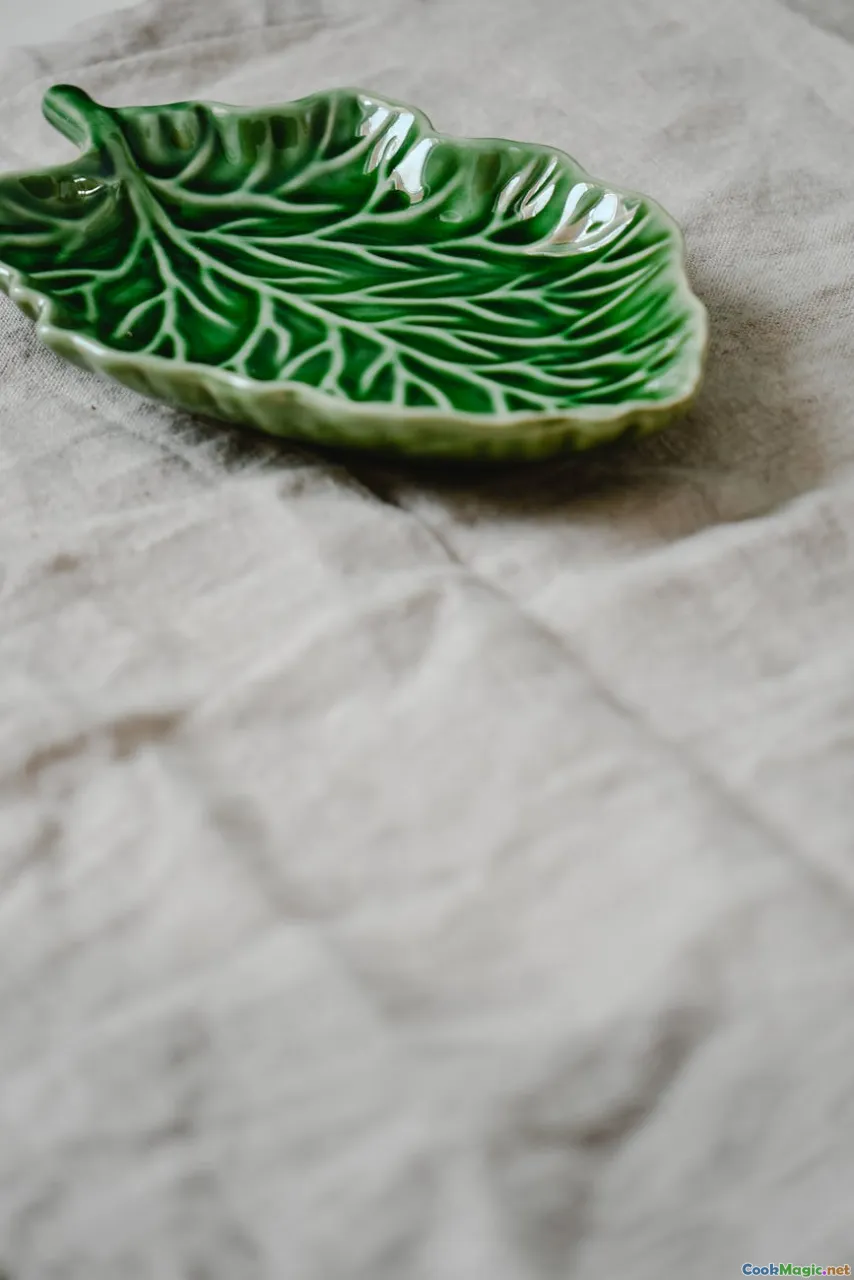
Today, Danish chefs bridge tradition with innovation, elevating Nordic herbs into fine dining spheres. Many experimental Nordic restaurants play with herbal infusions—think dill-smoked butter drizzles or sorrel sorbets—reclaiming the ancient wisdom while appealing to modern palates.
Herbs symbolize more than flavor; they embody Denmark’s connection to land, sea, and family. Harvesting herbs is often a communal act—baking herb-studded loaves at midsummer, or gathering in gardens for seasonal feasts.
At Copenhagen’s famed Noma, herbs are used unapologetically and artistically, blending Nordic traditions with global culinary techniques. Such dishes remind us that living heritage is vibrant, tasting of the earth’s resilience and the Nordic spirit.
Let the Aromas Guide You
Exploring Danish herbs is a sensory journey—one where scent, sight, and taste weave together memories of the land and sea. Whether you’re cultivating a small herb patch or simply experimenting with a new recipe, remember that these herbs are ancestral whispers that beckon us to honor tradition whileBoldly exploring new flavors.
As you incorporate these Nordic herbs into your culinary repertoire, I invite you to embrace their heritage—their stories waiting to unfold anew on your plate. Happy cooking, and may your dishes echo the timeless beauty of Denmark’s landscape and culture.









